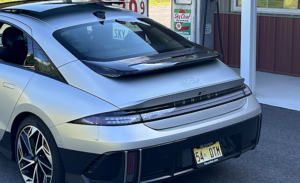125 Years of Automotive Innovation
The 2025 New York International Auto Show opened this weekend at the Javits Convention Center in New York City, marking the 125th anniversary of the first national automobile show in America.
The New York Automobile Club of America sponsored the First Annual Automobile Show in November 1900, just as automobile adoption began to catch on in the U.S. Some 48,000 people paid 50 cents each to see 160 vehicles from 34 automakers.
Over the past 125 years, the New York International Auto Show has seen it all—from the rise and fall of early innovators, to mass adoption, the muscle car era, the fabulous ’70s, the influx of imports, and now, the resurgence of the electric vehicle.
NYIAS has weathered the ups and downs, and while the show has thinned out a bit over the past decade, organizers still manage to put on a strong event. It’s a shame that more manufacturers don’t participate the way they used to—but in some ways, that opens the door for others. Brands like Mercedes and Audi may have scaled back their displays and debuts, but that leaves space for newcomers like Lucid, INEOS, and Genesis to swoop in and steal some of the spotlight. Sure, there weren’t as many new model debuts as in years past, but the ones that did make an appearance definitely hit the mark. Here’s a look some of the stand outs at from year’s show.
Subaru didn’t need to steal the spotlight—they pretty much owned it with the debut of the refreshed Solterra EV, the all-new Trailseeker, and a rugged redesign of their bread-and-butter model, the Subaru Outback.
2026 Subaru Solterra
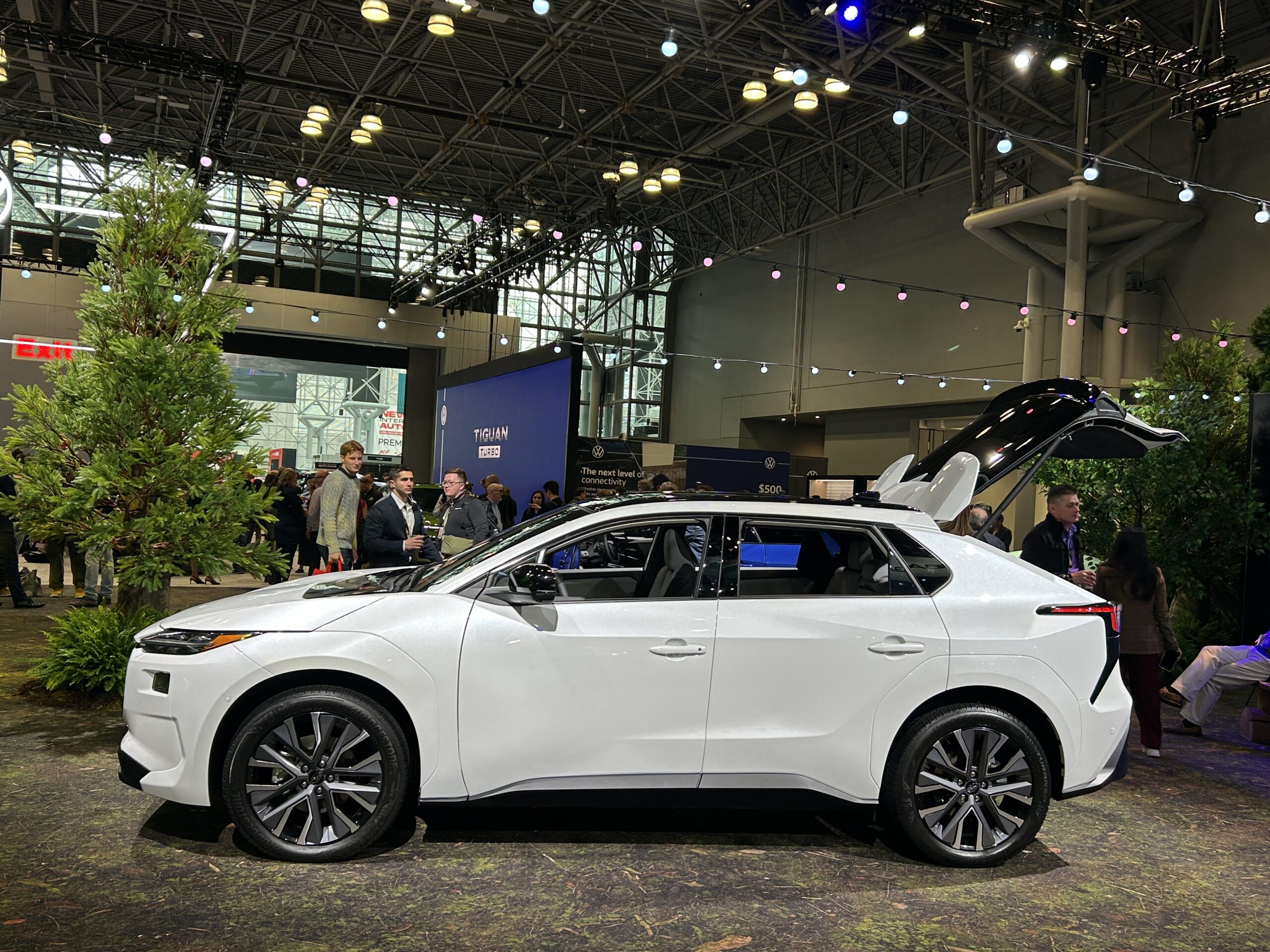
The 2026 Subaru Solterra addresses one of the biggest complaints about the first generation by delivering a 25% increase in range. It can now travel an estimated 285 miles on a full charge. While charge times remain the same, Solterra owners will have access to more charging options thanks to the addition of a standard NACS charge port, allowing drivers to plug in at over 15,000 Tesla Supercharger stations.
Other drivetrain improvements include more powerful front and rear motors managed by a new controller designed to improve power distribution in slippery conditions, along with a high-capacity lithium-ion battery pack. These upgrades bump net horsepower to 233—a modest increase over the 2025 model. Meanwhile, the new XT trim takes things further with upgraded motors that boost output to 338 horsepower.
Visually, the Solterra gets a sharper, more refined front end. Redesigned headlights and a new EV lighting signature—featuring a six-star illuminated Subaru logo—give it a more modern presence. The front bumper is all new as well, and the black plastic cladding has been removed, resulting in a cleaner, more sophisticated look.
2026 Subaru Trailseeker
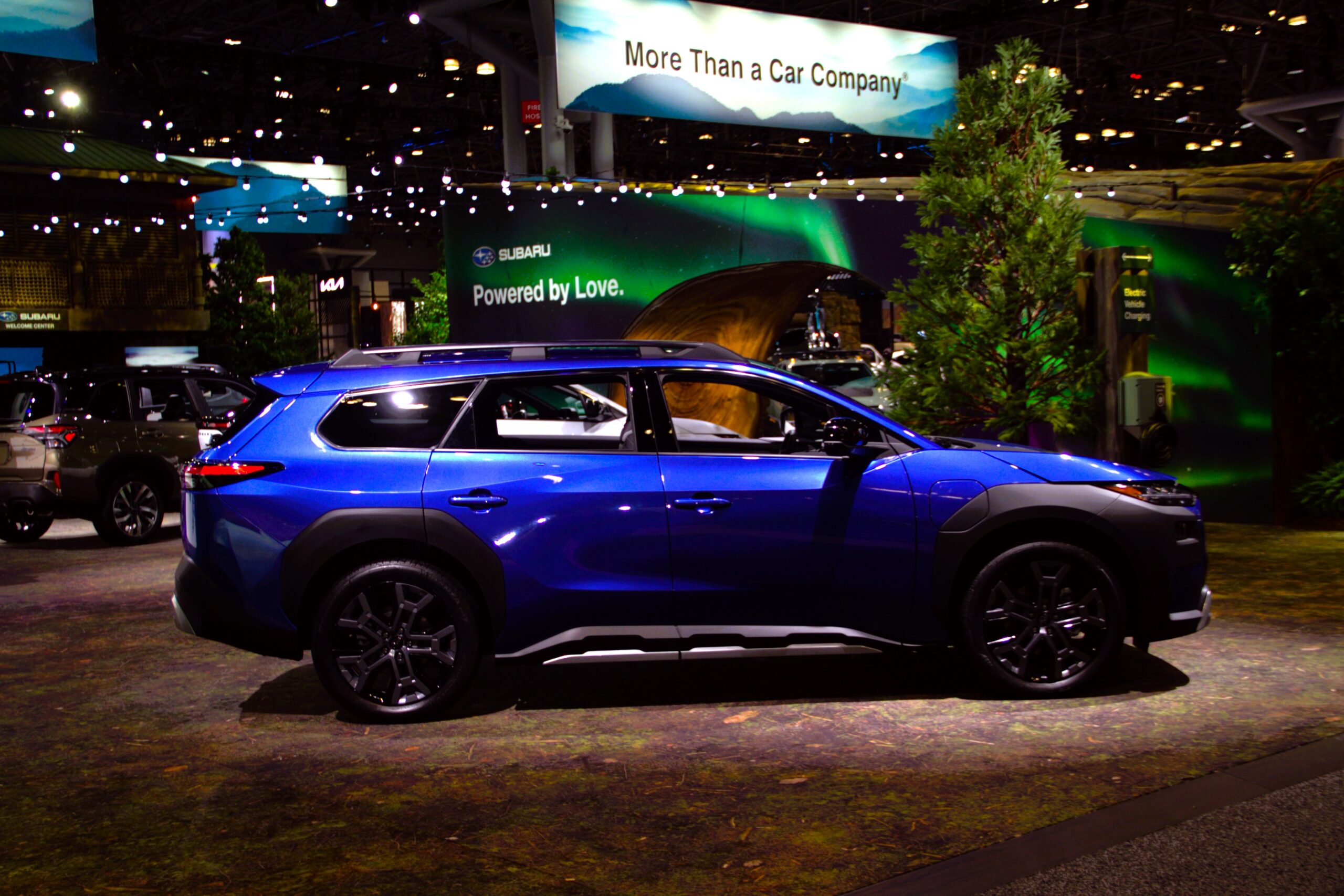
At first glance, you might think the Trailseeker is essentially the WRX version of the Solterra—and in many ways, it is. It builds on the drivetrain improvements introduced in the updated Solterra but adds a few more performance-focused touches, including a more powerful electric drive system that delivers approximately 375 horsepower and a unique suspension setup.
The Trailseeker’s suspension and all-wheel-drive system are specifically tuned for improved straight-line stability and enhanced control across all surfaces. With front and rear acceleration sensors, the system adapts to dynamic loads during acceleration, braking, and cornering, intelligently distributing power to the wheels that need it most for maximum traction and stability.
Visually, the Trailseeker shares several design cues with the Solterra, including LED headlights, a distinctive lighting signature, and the illuminated Subaru logo. But unlike the Solterra, it keeps the rugged black plastic fender flares—a fitting choice given the Trailseeker’s more off-road-oriented design. The name says it all: this one’s built to get dirty.
Another key difference lies in the cargo space. The Trailseeker is nearly an inch taller and six inches longer than the Solterra, giving it more room for your trail-seeking gear. While the Solterra leans toward a hatchback profile, the Trailseeker flirts with—gasp—station wagon territory. Too bad they’ll never actually call it that.
2026 Subaru Outback
Speaking of wagons, it’s hard to believe that the original Subaru Outback began life as an offshoot of the humble Legacy wagon—or as Paul Hogan famously called it, “The World’s First Sport Utility Wagon.” Coincidentally, the first Outback debuted at the New York International Auto Show in 1995, and every generation since has followed suit with its introduction at NYIAS.
The Outback has long been a cornerstone of Subaru’s lineup. While it’s lost some ground to the Forester in recent years, the Outback was once credited with saving the Subaru brand.
Now, for 2026, the all-new seventh-generation Outback brings improvements across the board—from styling and performance to interior space. Subaru clearly left no stone unturned with this redesign.
The new Outback features a boxier silhouette with a taller roofline and a more upright front fascia, now accented by a textured lower section designed to resist scratches and wear. Standard raised roof rails come with an 800-pound static load capacity and a 220-pound dynamic load rating—ideal for rooftop tents or extra gear.
At the rear, the flat roof transitions into a steeply raked rear window, giving the new model a distinctive profile. I’ve seen a few headlines complaining that the Outback is becoming “just another SUV,” but if you look back at the first generation, the original Legacy Outback was actually pretty boxy too. In many ways, it feels more like a return to form than a departure from its roots.
Inside, the new Outback features a cleaner, more streamlined design highlighted by a standard 12.1-inch touchscreen. The display now uses a faster processor and is mounted higher on the dash for improved visibility. Thankfully, Subaru has reversed course and brought back physical buttons, moving climate controls from the touchscreen to a dedicated panel below. Wireless Apple CarPlay and Android Auto are standard.
Like Subaru, Kia made a big splash at NYIAS, introducing two new models, the 2026 Kia EV4 and 2026 Kia K4 Hatchback.
Kia K4 Hatchback
Starting with the 2025 model year, Kia replaced the humble Forte with the stylish new K4 sedan—a move that truly redefines what an entry-level vehicle can be. The K4 is attractive, spacious, and impressively well-equipped, even in its lower trim levels.
Building on that strong foundation, the new K4 Hatchback adds a dose of versatility without sacrificing style. Its sloping, floating roof design accentuates the car’s wide stance, giving it a more dynamic presence. Inside, the hatchback offers up to 59.3 cubic feet of cargo space with the rear seats folded, making it a practical choice for daily driving or weekend getaways.
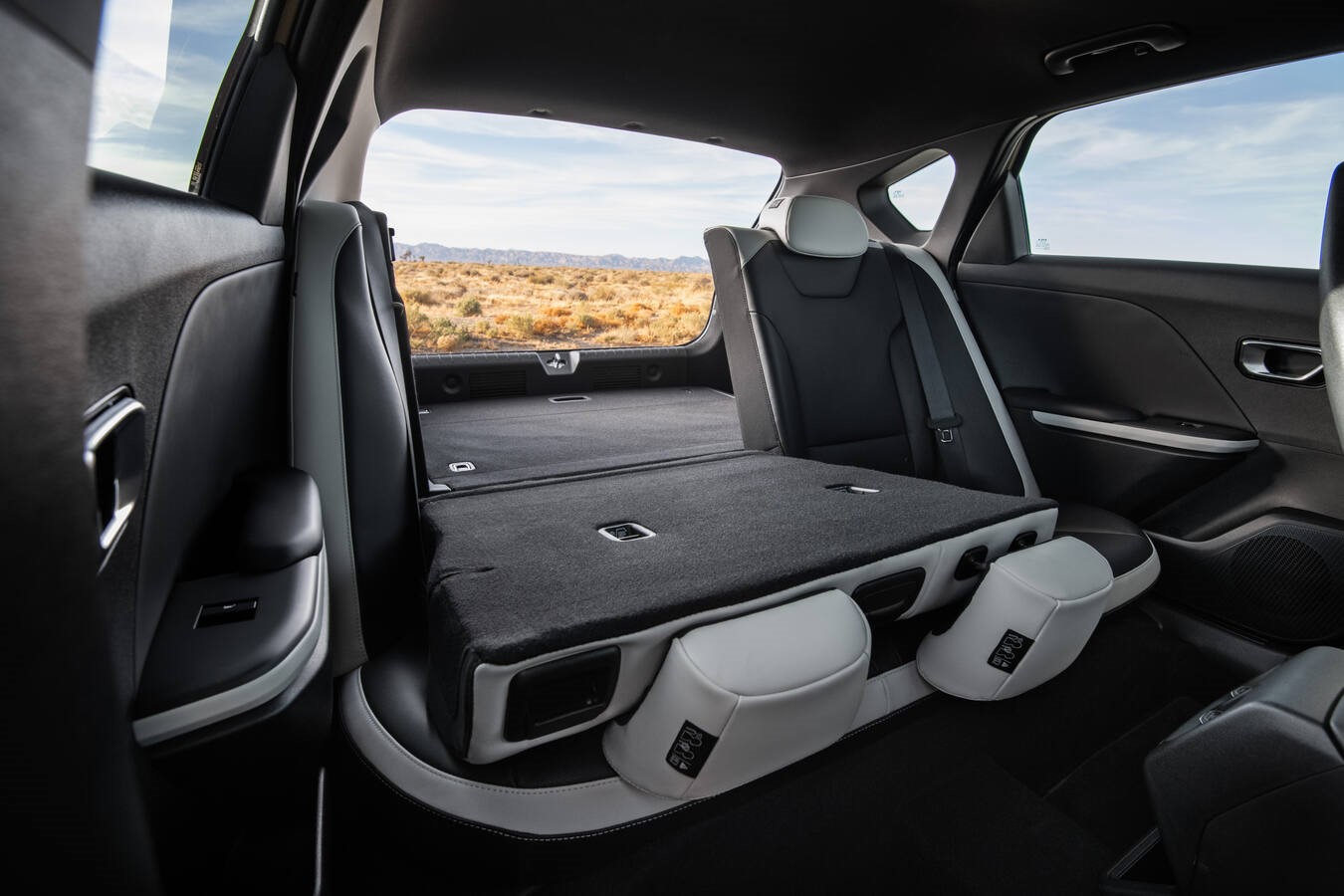
Under the hood, the K4 Hatchback comes standard with a 2.0-liter 4-cylinder engine that produces 147 horsepower and 132 lb.-ft. of torque, paired with an intelligently variable transmission. For those seeking a bit more punch, a 190-horsepower turbocharged 1.6-liter engine is available, mated to an 8-speed automatic transmission.
Kia EV4
The big news at the Kia booth was the debut of the all-electric Kia EV4 sedan.
We’ve been told time and again that people don’t buy sedans anymore—and that automakers can’t make money on small ones. Clearly, Kia didn’t get the memo… or maybe they did and tossed it straight in the trash.
On top of that, the EV4 isn’t just a sedan—it’s an all-electric sedan.
The EV4 builds on the brand’s ‘Opposites United’ design philosophy, and while the design might be a bit polarizing, we’ve already seen it described as “wild-styled, crazy, eccentric, and extroverted”—and that was just from automotive journalists. We haven’t even looked at the Reddit commenters yet.
To say the EV4’s styling is bold would be an understatement, but we genuinely appreciate that Kia is shaking up the entry-level EV market with a model that doesn’t look like the typical soap bar. However, the striking looks don’t mean Kia compromised on aerodynamics—the EV4 features airflow enhancers such as a full underbody cover to help direct air beneath the car. The result is a drag coefficient as low as 0.23 Cd.
The EV4’s face is modern and expressive, defined by vertical headlamps and Kia’s now-signature Star Map lighting—a design element that’s quickly becoming a calling card for the brand’s electric lineup. Available small cube LED headlights with Dynamic Welcome Lights add a unique touch that stands out in this segment. Kia’s familiar Tiger Face gets a fresh, tech-forward interpretation here, giving the EV4 a bold and futuristic personality.
Around back, the vertical taillights, dual roof spoilers, and clean bumper design mirror the front-end styling and help emphasize the EV4’s width and presence. The car’s planted stance is backed up by either 17-inch aero wheels on Light and Wind trims or larger 19-inch spoke-style wheels on the GT-Line. That GT-Line trim also brings exclusive design touches that give the EV4 an extra layer of visual drama.
The Kia EV4 is built on a 400-volt E-GMP platform and comes standard with a 58.3 kWh battery pack paired with a 150 kW front-mounted electric motor. Wind and GT-Line trims are equipped with a larger 81.4 kWh battery. Depending on the battery pack, Kia estimates the EV4 can travel between 235 and 330 miles on a single charge. Using a DC fast charger, the EV4 can go from 10 to 80 percent in an estimated 29 minutes. Speaking of fast charging, the EV4 comes standard with a North American Charging Standard (NACS) connector, giving it access to more than 15,000 Tesla Superchargers across the country.
The EV4 will be offered in Light, Wind, and GT-Line trims and is expected to start at $37,000.
2024 Hyundai Palisade
Since making its debut in 2020, the Hyundai Palisade has earned widespread acclaim from both automotive critics and consumers, quickly establishing itself as a standout in the three-row SUV segment. Replacing the Santa Fe XL, the Palisade brought with it a host of improvements—including a roomier interior, refined ride quality, and upscale features that elevated Hyundai’s flagship SUV.
While a mid-cycle refresh in 2023 kept the Palisade competitive, Hyundai isn’t slowing down. For 2026, the Palisade enters its next generation with bold updates, including the introduction of a fuel-efficient Hybrid and the debut of the adventure-ready XRT-Pro trim.
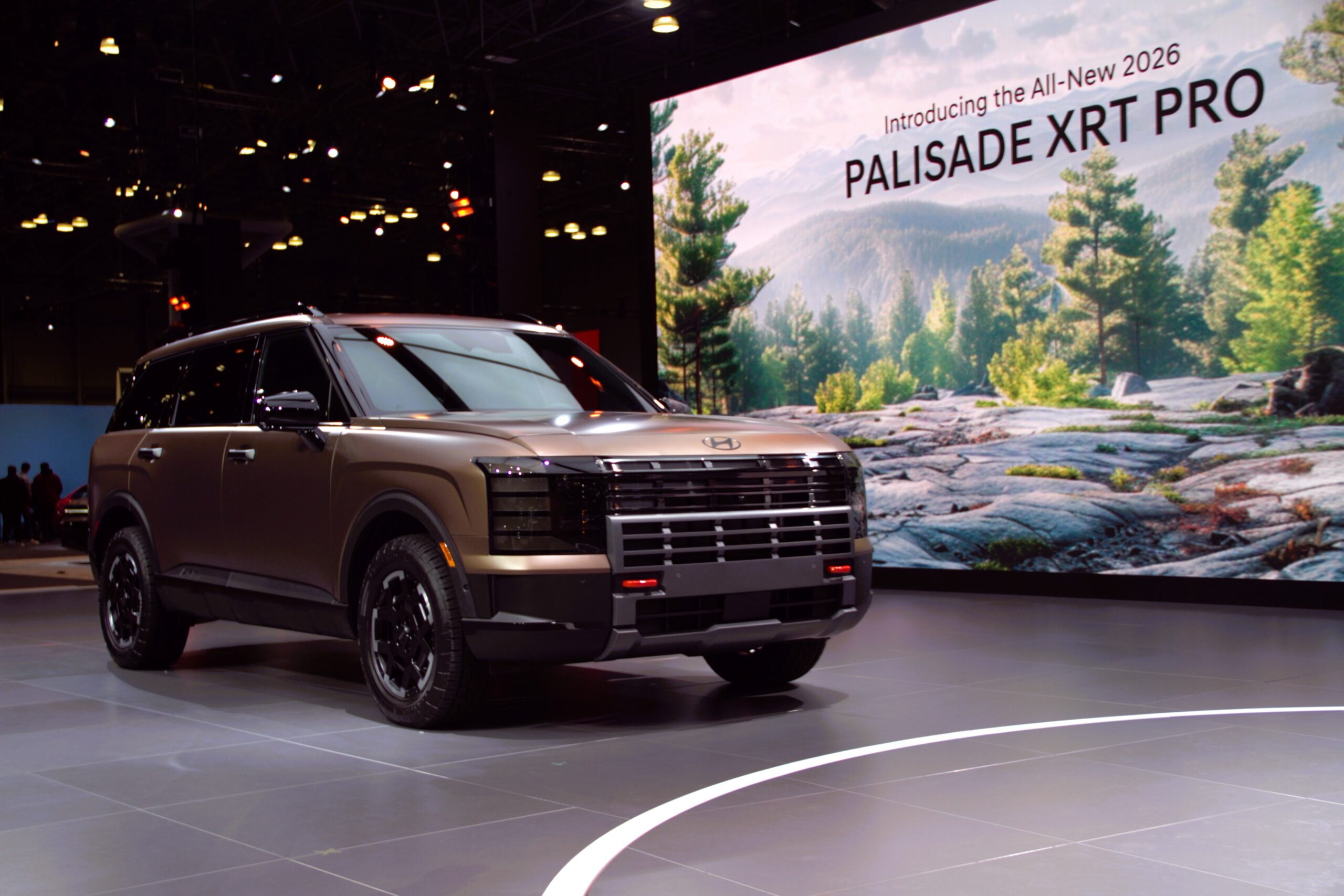
The redesigned Palisade embraces a more upright, boxier silhouette that exudes confidence. A new horizontal dashboard layout inside the cabin, combined with soft-touch materials and refined finishes, elevates the SUV’s premium feel. Hyundai’s updated platform not only enhances passenger comfort but also increases cargo space, making it more versatile for families and adventurers alike.
Under the hood, the Palisade introduces a 2.5-liter turbocharged hybrid powertrain, delivering up to 329 horsepower and an estimated range of 619 miles. This marks Hyundai’s commitment to combining performance with efficiency in its flagship SUV.
The new XRT PRO trim caters to off-road enthusiasts, featuring enhanced hardware and distinctive design elements that set it apart from previous XRT models. Inside, the Palisade boasts advanced convenience technologies, including first- and second-row Relaxation seating, Digital Key 2, and 100-watt USB-C ports. Safety hasn’t been overlooked, with the addition of a built-in dual-camera Dash Cam, ten airbags, and third-row seatbelt pre-tensioners.
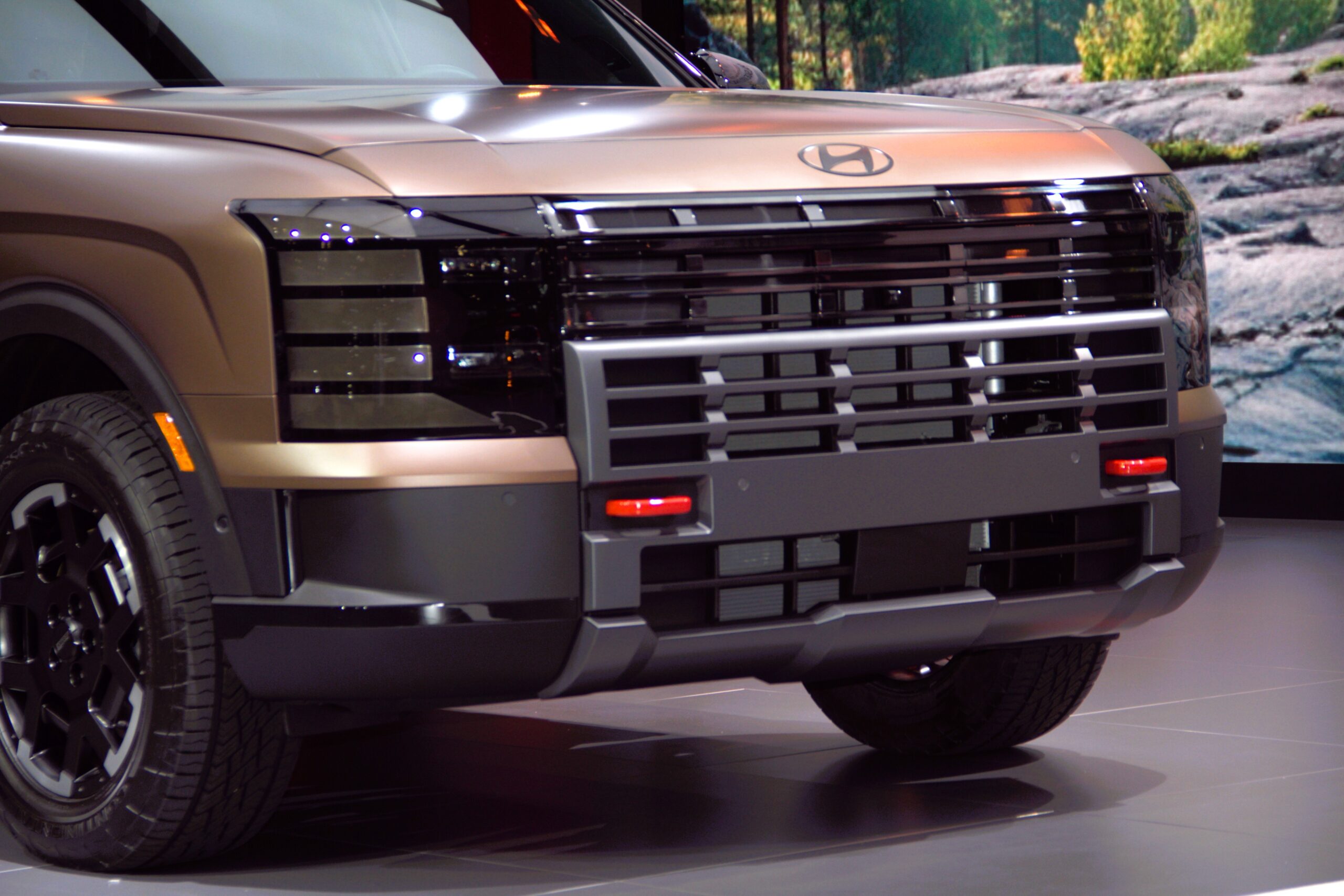
2026 Hyundai Palisade Hybrid
For the first time, Hyundai introduces a hybrid variant of the Palisade, aiming to meet the growing demand for eco-friendly family vehicles. The hybrid model offers impressive fuel efficiency, with an estimated highway rating of 7.0L/100 km (approximately 33.6 mpg) and a range exceeding 560 miles. While it sacrifices some towing capacity—rated at 4,000 pounds compared to the standard model’s 5,000—it compensates with its extended range and reduced emissions.
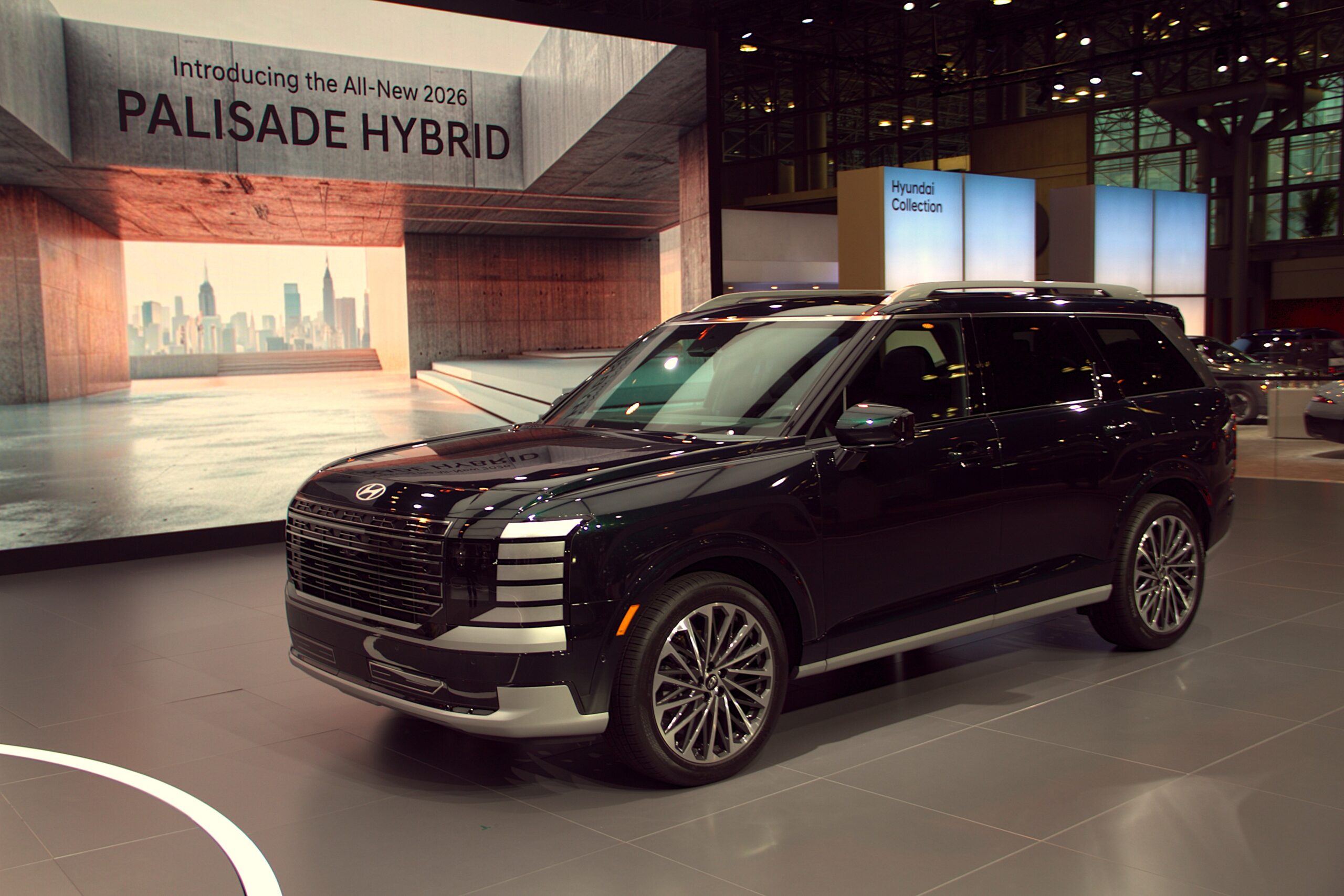
The 2025 New York International Auto Show runs until April 27 at the Jacob Javits Convention Center
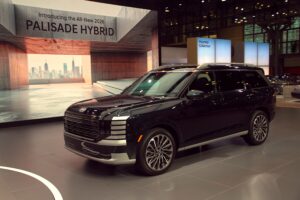
The 2025 New York International Auto Show Celebrates 125 Years of Automotive Excellence
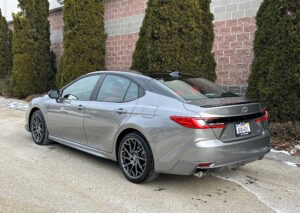
2025 Toyota Camry | WheelsTV Vehicle Spotlight
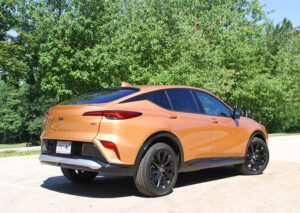
2025 Buick Envista | WheelsTV Vehicle Spotlight
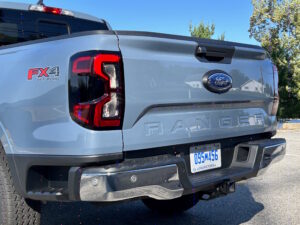
2024 Ford Ranger | WheelsTV Vehicle Spotlight
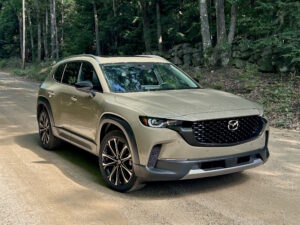
2024 Mazda CX-50 | WheelsTV Vehicle Spotlight
